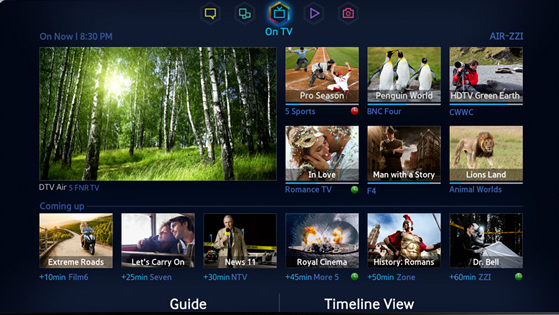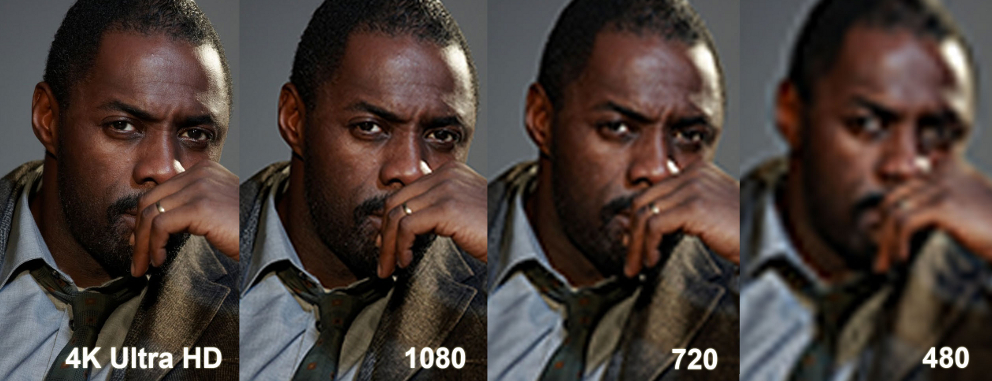720p vrs 1080p vrs 4k video is about TVs and video technology. Every once in a while, there is a crossroads in technology that affects everything. This is one of those. Even architecture; especially interior architecture.
Click on the image above to see a different online article with this Architect performing drone helicopter Recons of your land.
720 HD vrs 1080 HD TVs
One thing: flat screens. HOME ARCHITECTS ® Senior Staff Architect, Rand Soellner, ArCH, NCARB recently bought a replacement 65″ flat screen LED Samsung TV.
At its thickest point, it measures about 3-5/8″ thick and is about 1″ thick for most of the perimeter. It replaced a rear projected Sony flat screen that had a thickness of about 16″.
The new set was about $799 and was last year’s technology, on sale. The old Sony cost about $5,000 and was state of the art in 2005. So in 9 years, the same size TV sold for less than 1/6 of the cost. Also, the older technology was HD back then: 720p.
720 progressive = 720 pixels down the screen vertically and 1,280 pixels horizontally. That’s about a million total pixels. Just swell for 2005.
The new Samsung (actually last year’s (2013) technology) has 1080p. 1080p = 1,080 pixels vertically and 1,920 pixels horizontally. That’s about 2 million pixels. So you are getting about twice as much resolution. Soellner reports that there is a noticeable difference in clarity: a much clearer image. If we want to get picky, you could say that the 1080p represents only about a one third clearer image, if you just consider the vertical number of pixels, but that’s all in how you count the pixels and compare them. You are getting about twice as many in the 1080p set.

The “p” after 720p and 1080p doesn’t stand for “pixels.” That stands for “progressive, which is the preferred method of displaying a TV signal. It is suggested that you not consider any set or monitor with “i” in the rating of pixels, as that = “interlaced.” This type of signal is sent in two chunks or frames, whereas the progressive signal is sent all together, for a smoother perceptual experience.
What does any of this have to do with architecture (interior or otherwise)? Well, for one thing, images are constantly getting clearer, and the TV screens are getting thinner and thinner, so if your Architect is building your set into a wall or stone work or similar situations, the recessed depth won’t have to be as deep as it used to be. Also, you can get some really big screens these days (for a larger price).
And we are not done with the current state of the art. Guess what? It isn’t 1080p.
4K “Ultra HD”(UHD) TVs
This stands for about 4,000 pixels (4,096 or 3,840 depending on the specific system) horizontally x 2,160 pixels vertically. This = well over 8 million pixels, or more than 4 times that of today’s 1080p TVs. Soellner viewed some of these when purchasing the 1080p set and thought they looked spectacular. But there’s a current problem: content. In other words, with the minor exception of a paltry few pay for view special streaming series on premium online services (which are also at the mercy of your current DSL or other online wired or wireless provider speed), there is not very much available to watch at this incredible resolution.
And there’s another issue: cost. Soellner noticed one set at a Best Buy that was 4K, but it was a 55″ set (not the 60″ he bought) and it was more than three times the cost of the 1080p set.
Implication: wait to get a 4K set for another 2 to 3 years, when their price has come down and when there is more readily available movies, series and other media for viewing on it.
Blue-ray vrs Standard DVD Players
Soellner had heard that there wasn’t much difference between a Blue-ray video and a standard DVD video. He purchased an inexpensive ($78) Blue-ray player along with the 1080p TV and has also rented and played some very current movies with the Blue-ray option. He and his family overwhelmingly agree that the Blue-ray is MUCH clearer and more life-like than previous DVD technology media. They believe it is well worth the upgrade.
What resolution does Blue-ray operate at? 1,080. In other words, it is perfectly matched to the current HD standard of 1080p. Does this mean that it is useless with the newer 4K TVs? Not necessarily. Best Buy insists that there is a virtual 4K resolution that improves the Blue-ray signal. However, it is highly probable that Samsung and the video technology companies are hard at work developing a 4K “purple ray” (or whatever name) to provide a matched 4K actual signal for the new 4K TVs.
Why Higher Resolution?
So what’s the big deal with higher resolution? You may ask why the motion picture industry and video and online providers of technology have this preoccupation with higher and higher resolution. Here’s the answer: Immersion. That’s a word that describes how much you are “immersed” in the video experience.
The hoped for, but not quite attainable goal, is for movies and other video experiences to be indiscernible from normal 3-dimensional reality. No, we aren’t there yet. But the technology and movie studios have that agenda in the background and they are leap-frogging in that direction, year after year. There is even 3D 4K TVs and existing 1080p 3D TVs that allow you to wear special glasses and experience a more realistic 3-Dimensional video experience. Just one issue: it is believed that people really don’t like wearing special glass when watching video events.
Size and Reality of Experience
It is a sure bet that TVs (if they are even called that in the future) will continue to become more immersive, more 3-Dimensional and larger. At some point, there will likely be a holographic projection of video/audio, complete presentations that rival the Star Trek holodeck. If we can dream it, the technical geniuses will find a way, eventually, to make it happen, especially if there’s money in it.
LED vs Older Technology
Soellner bought an LED set: Light Emitting Diode, very similar to higher-end computer monitors,, with LCD backlighting. The picture is very good.
Smart TVs, Smart Blue-ray Players, Speakers
Soellner bought both a Smart TV and a Smart Blue-ray player. He discovered why his intuition suggested this before the purchase after he bought an add-on Sound Bar with wireless sub-woofer for enhanced sound. There happens to be a software collision issue with Blue-ray players and today’s latest Blue-ray video discs: Hollywood is continuously upgrading their movie-making technology, especially sound, and this can result in No Sound for some of the latest Blue-ray discs when played through even the latest Blue-ray players. What to do? Soellner called the Best Buy Geek Squad (well worth the annual subscription) and after 4 attempts, finally got the proper help from a technician who guided Rand through updating the audio software for the Blue-ray player. To do this, your Blue-ray player has to be connected to the Internet and to do this, you have to have a Smart Blue-ray player that allows you to do this, and that has an “Update Software” menu choice in its menu options under “Support.” Such features are worth their weight in gold, because without them you could very well have no sound when watching Blue-ray discs. Moral of the story” from now on, only buy Smart TVs and Smart video disc players and other accessories: it’s worth it. Soellner’s not overly impressed with the $299 Samsung sound bar and wireless subwoofer: the voice clarity leaves much to be desired, from his experience, but it is at least better than the basic TV speakers which are terrible these days. You Have to buy additional speakers. You will Not enjoy the basic TV speakers these days. The less expensive soundbars and subwoofers ($299 and under) have limits on what the graphic equalizers will do and the quality of the speakers is questionable, at least from Soellner’s personal experience). You get what you pay for.
Future Proofing
You might believe that you need to buy a 4K TV today to avoid buying one 3 years from now, however, you can still obtain a very nice, very large 1080p TV today, on sale for under a thousand dollars, in a 65″ diagonal size. And once again, a smaller 4K set presently will cost you over $2,000 (for a 55″ set), as of the writing of this article. And, there isn’t much content available yet. So, it doesn’t seem to make much sense to pay today’s higher prices for a higher resolution TV without the availability of 4K videos. If you’ve got to have the latest and the greatest, go ahead and buy it. But you may not see much of that capability for a while, in terms of available movies and other video presentations.
Architectural Implications
This architectural firm is not sure that there will ever be another “totally immersive” room for video experiences, although that could happen again. It first happened when Home Theaters came into vogue in the 1970s, 80s and 90s. You don’t see many these days. Why? Because it’s just to darned inconvenient to troop on down to a separate basement or other remote location to watch TV or other video experiences (mainly movies). And if an activity is inconveniently located, it won’t have much activity. Therefore, whatever future immersive video experiences there are, should be created to be enjoyed in the main living space, where people are simultaneously interacting with each other, making meals, getting ready for bed and checking their email and phone messages. The implications for interior architecture will likely be to provide larger wall surfaces for larger video equipment, where that is reasonable and affordable. Much of anything less than 60″ will likely be viewed as too small, based on what’s selling these days.
High resolution video immersion Architect: Rand@HomeArchitects.com 828-269-9046
tags: 720p vrs 1080p vrs 4k video, cashiers, mountain, post and beam, timber, Atlanta, Aspen, Highlands, Telluride, Lake Tahoe, Sevierville, Knoxville, Lake Toxaway, Glenville

